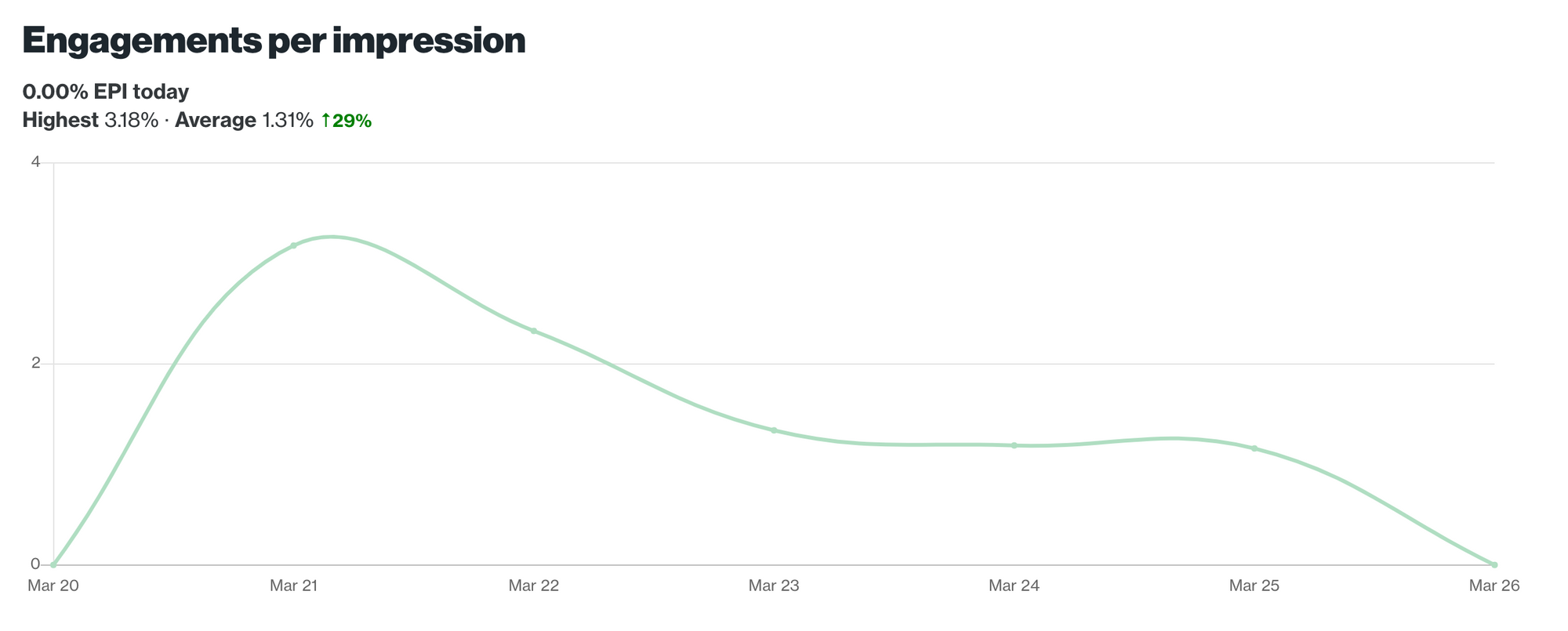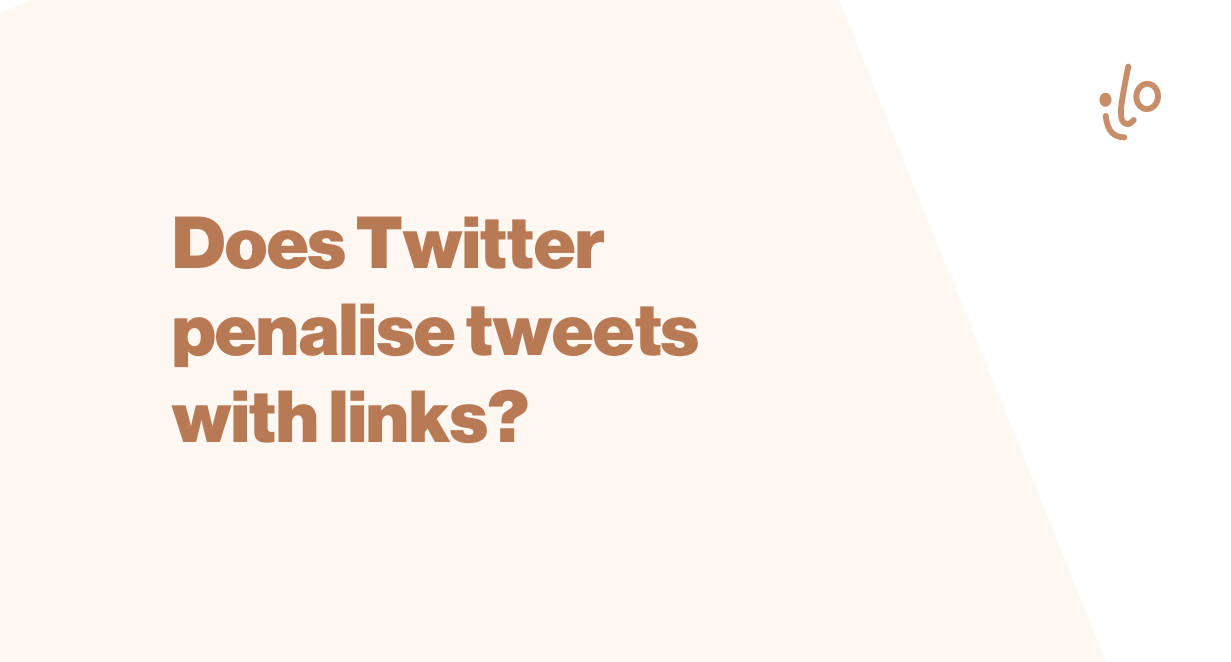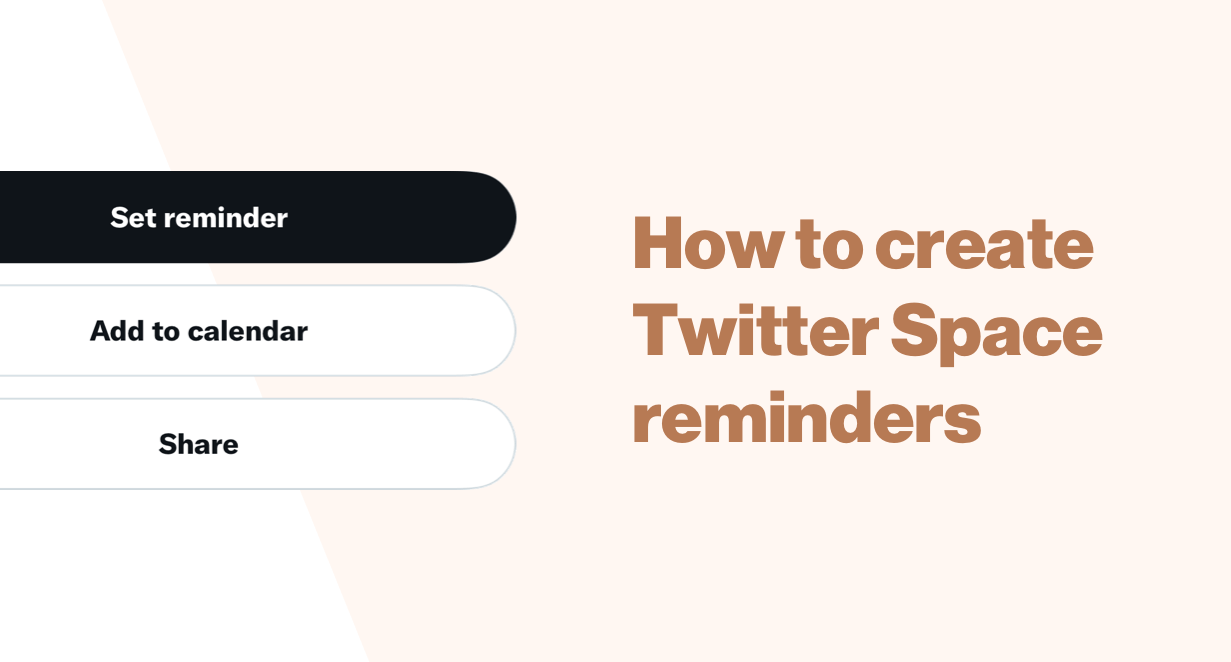How to create better Twitter content using analytics
Understand how to use data and specific analytics like engagement rates to create better content for Twitter.

A big part of content creation today happens online.
Whether you are an aspiring or established writer, a bootstrapped founder, an artist, or someone just getting started, Twitter is the place to be.
Posting online in general—and on Twitter in particular—gives you the opportunity to:
- reach more people than ever before for free
- access quick feedback loops for whatever you are creating
- make connections with people all around the world
- get full, free access to your content data so you can analyse and iterate
A data-backed creator is a better creator.
And tools like ilo.so help you make the most of it.
But why do content analytics matter? Let's find out!
Why understanding Twitter analytics will make you a better creator
Content analytics do one simple, but valuable, thing: it tells you what's working with your content and what isn't.
And it tells you with data, which is not biased nor can't be made up.
Likes and replies on Twitter are obvious indicators of your content performance, but there are more.
What should you be paying attention to?
Some key indicators that your tweets are doing good are:
- Impressions: how many people have seen the tweet.
- Engagements: how many people have engaged with your tweet. Engagements can be divided into likes, retweets/quote tweets, profile clicks and link clicks.
From engagements, most people will tell you that likes are a good measure. While that's true, I prefer to focus on profile clicks, especially if my goal is to get more followers.
Profile clicks tell you that the people seeing your tweet are curious enough to visit your profile. And if they invest some time doing that, it means they are likely to follow you.
If you are using your Twitter profile as the top of the funnel for the rest of the content you are creating (as you should), then this is your metric.
But where data truly shines is when you make connections between those metrics.
Here is where we can utilise EPI or Engagements per Impression.
EPI tells us how many people who saw the content interacted with it.
Crossing these two metrics (engagement and impressions) is usually the best way to measure a tweet's performance.

On ilo you can see your EPI for the last 7, 14, 30, 90 days, or all time if you need, which is very useful to determine the impact of your content strategy.
What is a good EPI, you may ask?
In my opinion, everything above 2–3% is very good. Above 4–5% is a huge success.
But, like everything, there are a couple of exceptions.
If you are lucky enough for a tweet to go viral, your EPI will likely be low. Virality means a lot of people seeing your tweet. A big percentage of those people won't be interested at all in your niche, so they won't interact at all with the tweet, making your EPI go lower.
How I use data for my own content
Data talks. You just need to listen.
I usually check my Twitter data once to three times per week on ilo.
What I do is divide my content into different content buckets, or “content pillars” as I call it.
Then, I check on ilo which of this pillars are performing better (using EPI, profile clicks etc) and I double down on those.
An example: my tweet about the “behind-the-scenes” on how Twitbox (my last product release) came together.
From idea to full-blown product in 1 month.
— Alex Llull (@AlexLlullTW) March 16, 2021
A product made with someone I've never met in person.
A product only marketed through our TW accounts (which are free!)
That product released this Friday and has made $2,8k so far. And we are just getting started.
I love the internet. pic.twitter.com/fTTKWY16iK
This tweet got a huge amount of impressions, engagements, and comments but, above all, it drove over 1,000 profile clicks.
That's an insane amount of people checking my profile and potentially converting to followers.

From that particular data set, now I understand I need to keep sharing behind-the-scenes content for my audience.
I also run a lot of experiments with content (for example, new styles and formats, different pillars that are not as related to my niche). Again, the data ilo creates really helps me determine the success of these experiments.
As I create content on a daily basis, this process really helps on setting the direction moving forward.
My content strategy is updated practically everyday. It's alive and it adapts to what the audience wants, and that makes it almost unbeatable.
Moving forward
As creators, there is this raw instinct that we need to hear and follow. The data is just a tool that makes it easy for us to make decisions, but it should never be the only thing we pay attention to.
A good creator is backed by data, but not moulded by it.
If you want more opinions on the subject, check the comments on my latest tweet. Lots of people are giving their own take on the matter!
A data-backed creator is a better creator.
— Alex Llull (@AlexLlullTW) March 29, 2021
Yes or no?
If you want to hear more about Twitter, Twitbox (my all-in-one Twitter dashboard) or my journey as a creator, you can follow me on Twitter at @AlexLlullTW.
And know that my DMs are always open! Feel free to reach out!



